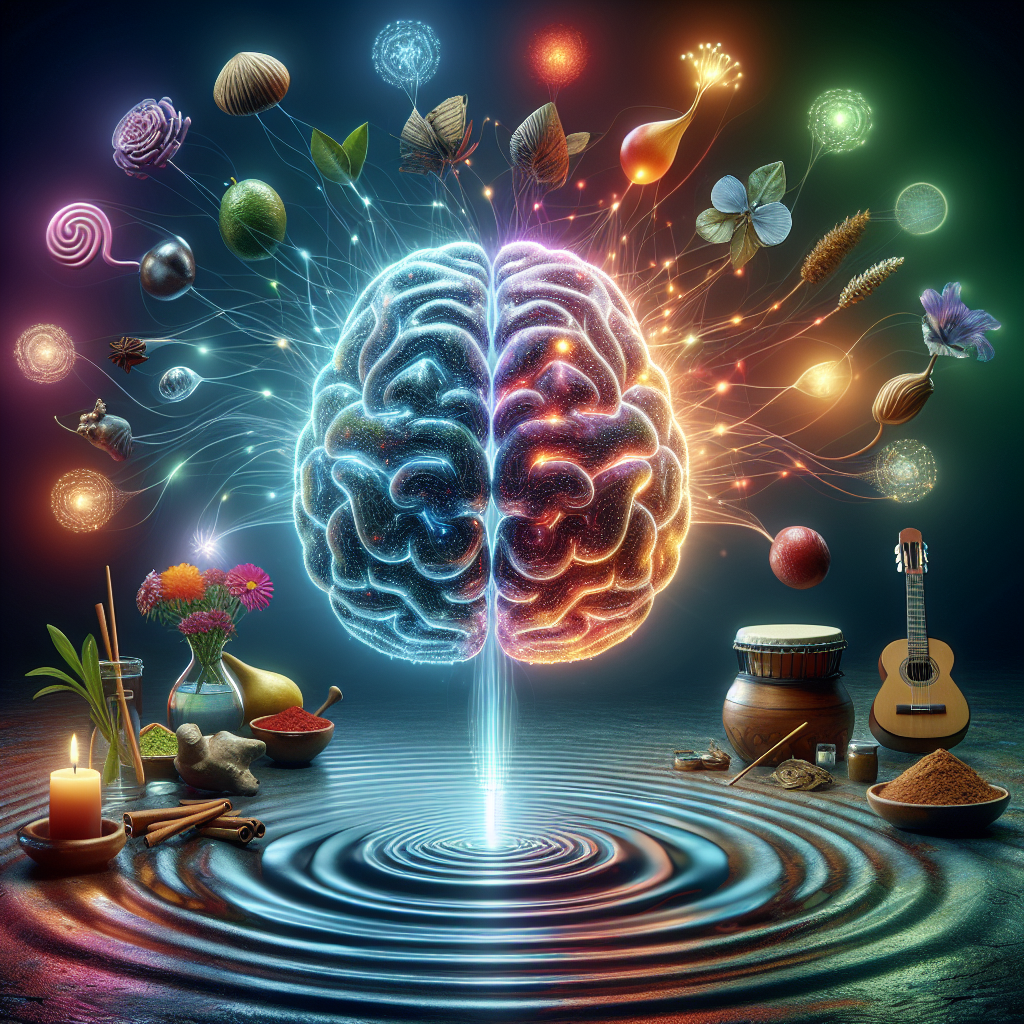Unlocking Your Memory’s Potential: Multi-Sensory Hacks
Ever wished you could effortlessly remember names, dates, or complex information? The secret might lie in engaging more than just your visual and auditory senses. Multi-sensory learning, a technique leveraging scent, sound, and even vibration, can significantly enhance memory retention and recall. This article delves into the science behind these methods and provides practical tips to incorporate them into your daily life.
The Science of Multi-Sensory Learning
Our brains are wired to process information from multiple sensory channels. When we combine these channels, we create richer, more memorable experiences. Think about your most vivid memories – they likely involve a combination of sights, sounds, smells, and perhaps even tactile sensations. This is because multi-sensory input strengthens the neural connections associated with the memory, making it easier to access later.
Scent: The Power of Olfactory Memory
Smell is directly linked to the limbic system, the part of the brain associated with emotions and memory. Specific scents can trigger powerful memories and evoke strong emotional responses. Here’s how to use scent to your advantage:
- Study with a distinct scent: Light a scented candle or use essential oil diffusers while studying, and then use the same scent during recall. The associated aroma can help you retrieve the information.
- Associate scents with specific information: Try pairing different scents with different subjects or topics. For example, use rosemary for history and peppermint for math.
- Be mindful of everyday scents: Pay attention to the smells around you when learning something new. These incidental scents can become memory cues later on.
Sound: Harnessing Auditory Cues
Sound, particularly music, can have a profound impact on memory. Certain types of music can enhance focus and concentration, creating an optimal learning environment. Consider these auditory hacks:
- Background music for focus: Instrumental music, particularly classical or ambient music, can improve concentration and create a calming study environment.
- Create rhythmic mnemonics: Turn information into songs or rhymes. The rhythm and melody can make it easier to remember.
- Use nature sounds: Nature sounds like rain or ocean waves can be both relaxing and conducive to learning.
Vibration: A Subtle but Effective Tool
While less commonly used, tactile sensations and vibrations can also contribute to memory enhancement. Here are some ways to incorporate vibration:
- Use a vibrating timer: Set a timer with a subtle vibration for study breaks. The vibration can serve as a gentle reminder to stay on track.
- Experiment with textured objects: While studying, hold a textured object like a stress ball or a small stone. The tactile sensation can help anchor the information.
- Mindful movement: Incorporate physical movement, like pacing or fidgeting with a pen, while learning. The movement can help engage different parts of your brain and improve memory retention.
Putting it All Together: Creating a Multi-Sensory Study Environment
For optimal results, combine these techniques to create a multi-sensory learning experience. Imagine studying for a history exam while diffusing a sandalwood scent, listening to calming classical music, and gently tapping a pen on your desk. The combination of these sensory inputs strengthens the neural pathways associated with the information, making it more accessible during recall.
Beyond Studying: Multi-Sensory Memory for Everyday Life
These techniques aren’t just for students. Multi-sensory memory hacks can be used to remember names, directions, shopping lists, and anything else you need to recall. By consciously engaging multiple senses, you can unlock your brain’s full potential and improve your memory in all areas of your life.
Key Takeaways:
- Multi-sensory learning improves memory retention and recall.
- Scent, sound, and vibration can be powerful memory aids.
- Combine multiple sensory techniques for optimal results.
- These hacks can be applied to studying and everyday life.
Start experimenting with these multi-sensory memory hacks today and discover the power of engaging all your senses to unlock your brain’s true potential.

